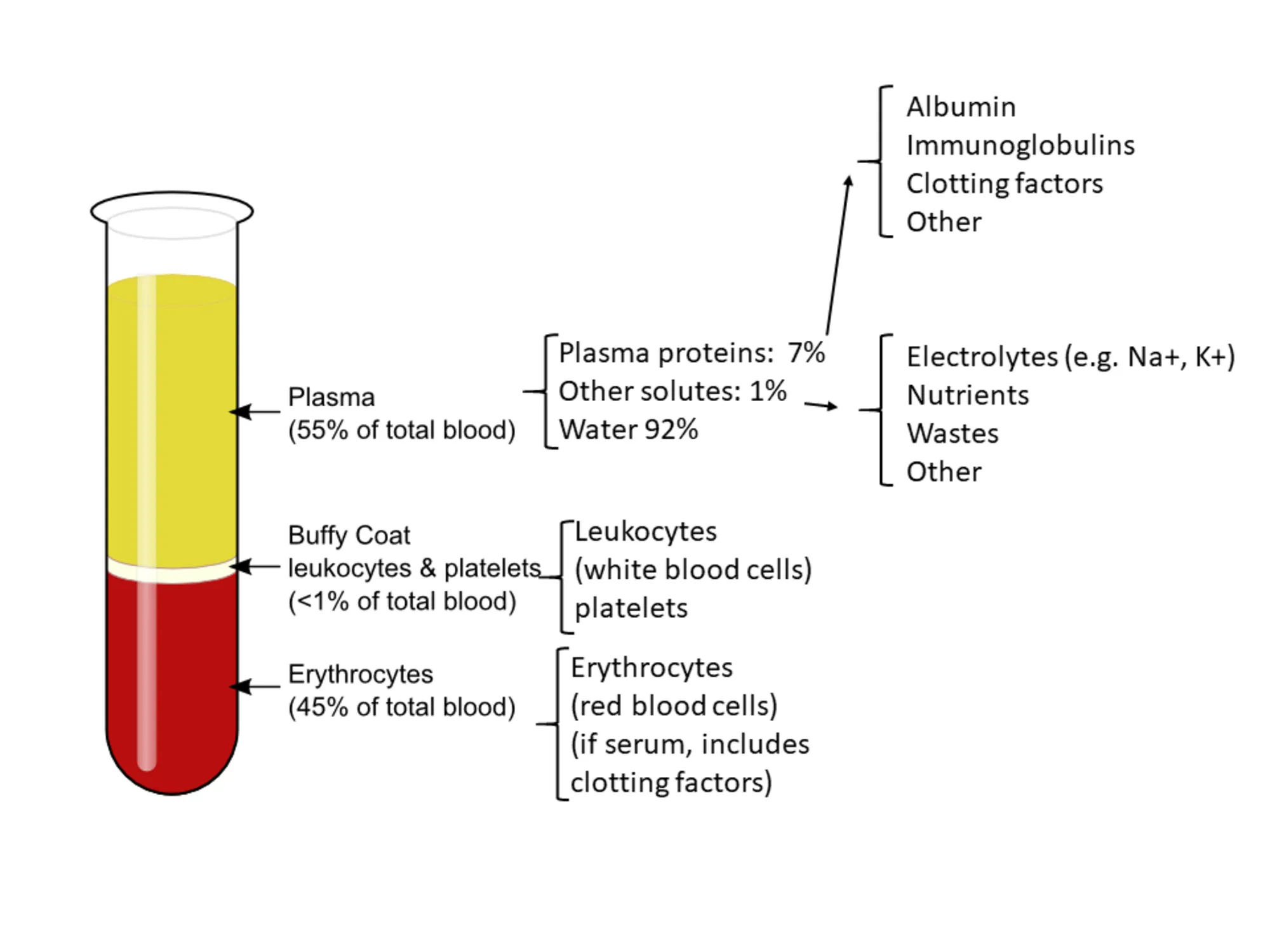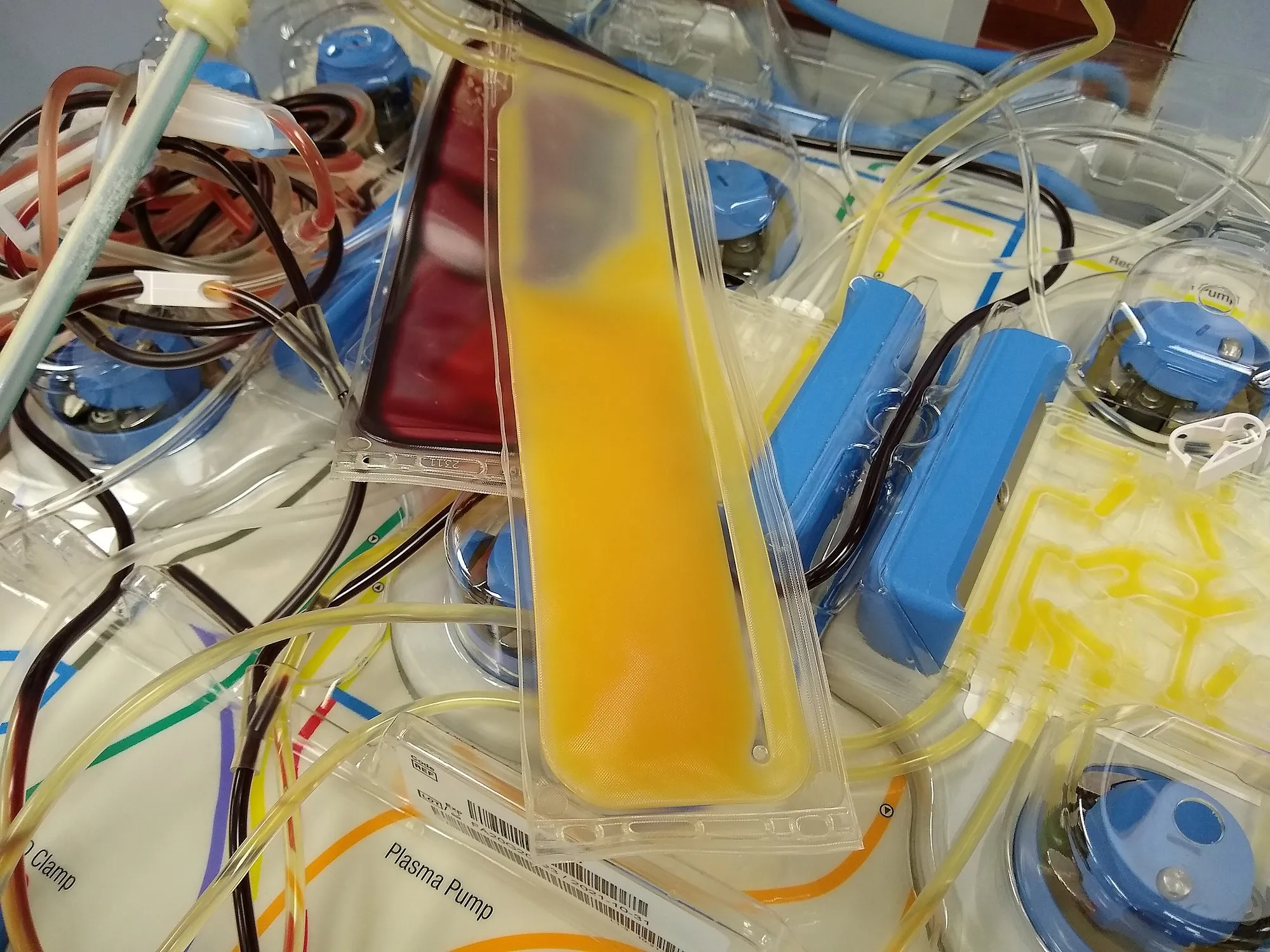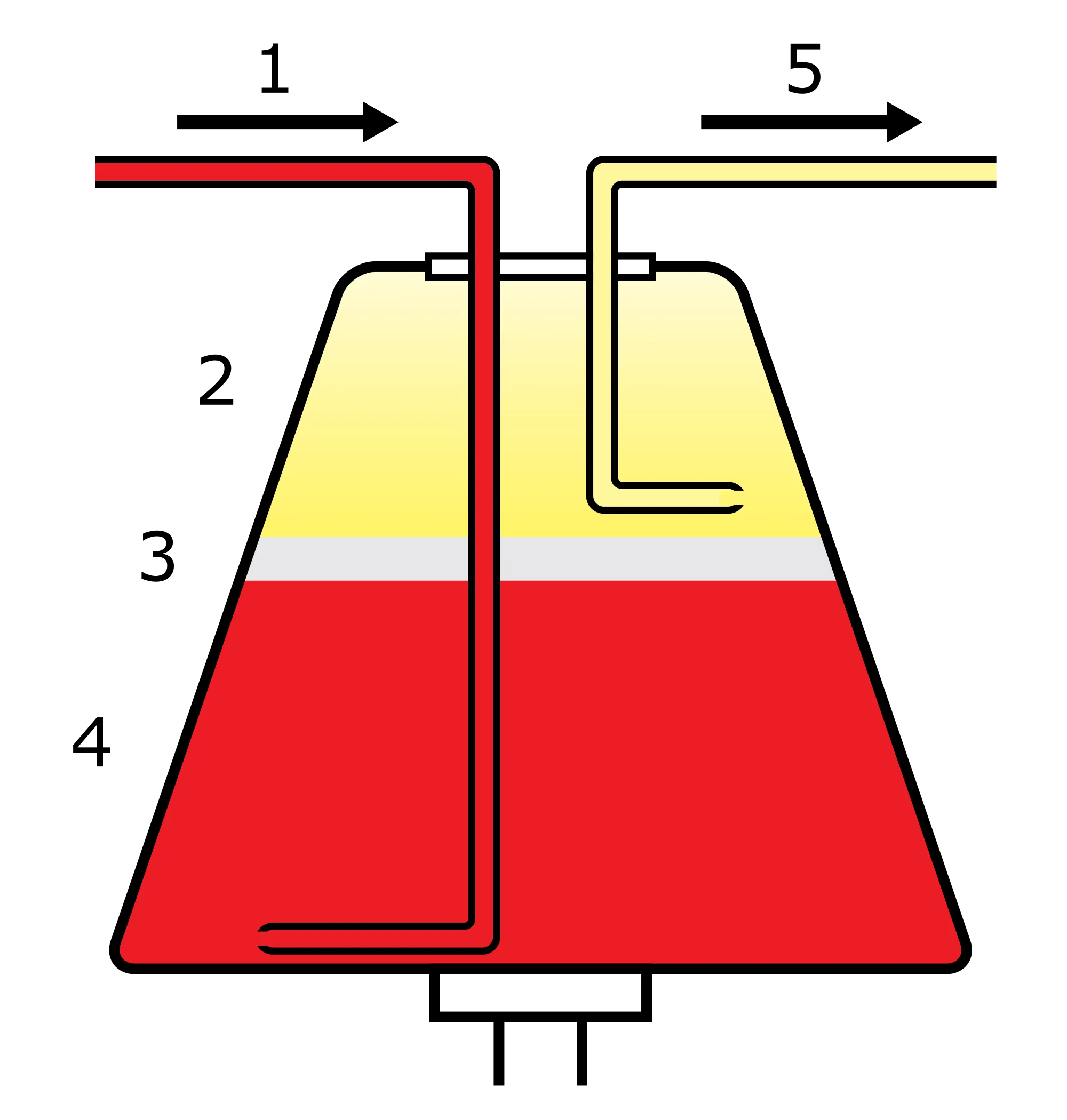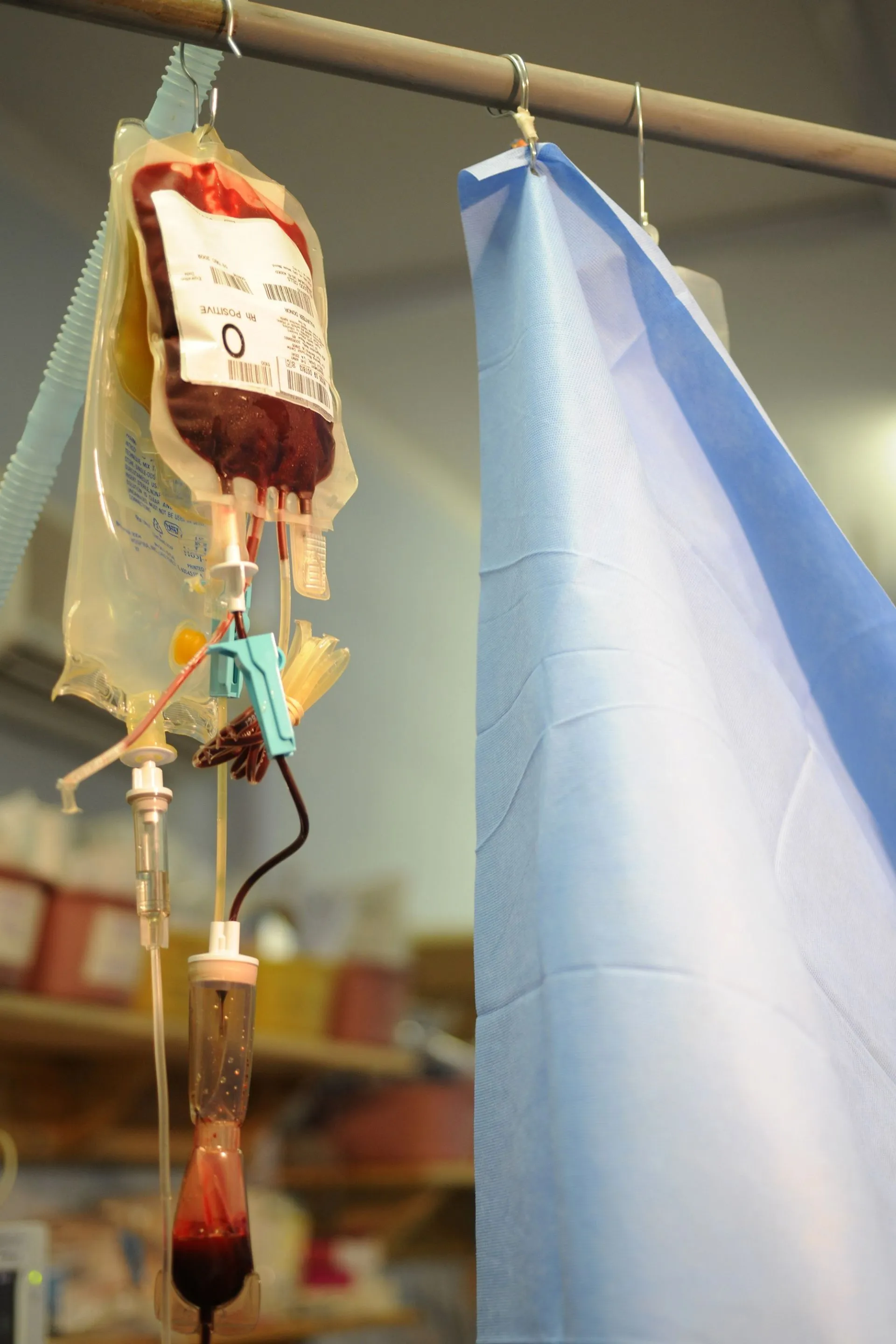Still on blood transfusions but we will move further to relate it with personalized medicine - a practice aimed at tailoring diagnosis and treatment of a patient specific requirement and needs. Rather than general treatment, the treatment of a patient is narrowed down.
Personalized medicine is also referred to as precision medicine and so far, it has proved to be more efficacious than randomized treatment.
Today's topic is actually going to be very interesting and trust me, there are more to what you don't know. As usual, reading this article will put you ahead of many knowledge wise. Ride with me and let's explore the nooks and crannies of advanced blood transfusion services in relation to personalised medicine. We will likely unveil some things in blood transfusion you probably are not aware of or might have heard but still not clear on how it is done and the intent behind it.
personalised medicine in blood transfusion services is in one way first championed through a process known as Apheresis. A process that can be viewed as the total removal of a particular unwanted component of blood from a patient and replacing them with healthy one or not without any replacement at all (therapeutic apheresis) and secondly, it is can be seen as a procedure that aims to willingly extract a particular component of blood from a healthy donor and required by an ill patient for speedy recovery (this is referred to as donation apheresis).
First, we need to establish some facts. There is a big difference between blood components and blood products. When you are talking about blood components, it simply means those naturally occurring cells like red blood cells, white blood cells, platelets, neutrophils, basophils etc fluid etc. that are always within the human blood.
 Blood components separation after centrifugation
Blood components separation after centrifugation
Blood products on the other hand are products made from the blood. Meaning that, they may/may not exist within the blood naturally e.e recombinant factor 8 for haemophilia treatment. Blood products are usually made up of modifications that has been made to components of blood. Most times, they could be products of recombinant technology and they are produced specifically to make up for a deficit or a defunct in an individual who has blood related disease.
A blood product is any therapeutic substance derived from human blood, including whole blood and other blood components for transfusion, and plasma-derived medicinal products.
You have examples like the cryoprecipitate, platelet concentrates, fresh frozen plasma, leukoreduced red blood cells, White blood cells, packed red blood cells, immune globulins, and irradiated blood products. We will take each product one after the other and elucidate more on them and the also give their various indications for treatment of some blood related disease conditions and disorders.
But before we delve into each of them, let's quickly describe how some of these blood products are derived using a very advanced technique of blood donation known as apheresis.
Apheresis
Just before I go deeper into this concept, have you ever wondered about the possibility of having to donate only a particular component of your blood without having to donate all your blood. That is, the ability for one to donate only platelets (one of the blood component) and then in the process, the other components of the blood are concomitantly returned back to the blood in the process. In essence, you are not donating all your blood but just a particular component needed.
The above is what is referred to as apheresis and it is done using what is known as the apheresis machine. The procedure depending on what component of blood required is named accordingly. For example, if the blood component needed is platelets, then the procedures will be referred to as platelet apheresis.
 Platelets concentrate separated from the human blood using apheresis machine
Platelets concentrate separated from the human blood using apheresis machine
If what is needed is plasma, then it is referred to as plasma apheresis and so on. The obtained components when further processed becomes a blood product. For example, platelet apheresis produces platelet concentrate ( a blood product).
The operation of the apheresis machine is highly complex and most time requires a level of expertise for handling and operation by a health professional. It is a highly sensitive machine with high grade sensors. The sensors are designed to detect air bubbles that could cause detrimental effects to the donor.
The apheresis machine incorporates various factors and forces for the separation of the blood components and products required. Forces like centrifugal and gravitational forces are inevitable. Suction pressure also plays a huge role in ensuring that separated components through centrifugation are extracted.
 Structural arrangement of the apheresis machine
Structural arrangement of the apheresis machine
One of the the most important component of the apheresis machine is the cone-shaped separation disk that is placed in the centrifugation chamber. The choice of apheresis bag depends on the type of blood components needed and this also directly depends on the speed of rotation. Normal preset speed for centrifugation in apheresis is 2000 to 2500 revolution per minute. As the required component is separated, it is sucked out through transparent tubings that are fitted with valves and sensors.
Have a mental picture of the apheresis machine as a middle man between you and the collection bag. The simple arrangement is that, the machine is connected to you through tubes and then to collection bags. It is a circle that continues until the required volume of blood component is collected.
As the blood leaves the donor's body, it enters the machine for separation. The needed component goes into the collection bag while the remaining blood is returned safely back to the donor. Apheresis takes roughly about 2hours or even less and one of the good thing about this procedure is that, it is painless.
The sensors and valves play a very huge role in ensuring that the extracted components are delivered to the blood component collection bags and also maintaining the integrity of the blood returning back to donor.
Very importantly, air bubbles are mostly sensed and avoided. Their presence in the tube can cause air embolism in the donor (a highly fatal case) as we have earlier discussed. We will look more into this later in the course of this article under the heading - likely effects of apheresis.
Principle behinds separation of blood components
You might want to wonder how the various components of the blood are separated aside At this point, I will only be able to explain to my best of understanding as I am by no means an expert in engineering and related field. Besides the short indirect explanation on how the cells are separated, a more comprehensive one will be given here.
The ability of the reader to easily comprehend what I want to pass across is the main point of focus. In essence, explanation at this point will be simpler.
The working principle of apheresis equipment is either by centrifugation (different specific gravity) or by filtration (different size).
By centrifugation, all the cellular components of the blood are separated based on their weight and density while on the other hand through filtration, it involves the use of cellular membrane that filters the cell components.
The most commonly incorporated principle is separation by centrifugation reason being that separation by cellular membrane filtration does not effectively separate cells since some components can have similar size with cells.
Depending on what is required, within the separator, whole blood can be spun at high and low speed. If the only blood components needed are red blood cells (erythrocytapheresis), the blood is given a low speed spin to gradually separate the whole blood from the plasma and other less denser components.
In order to double check the quality and accuracy of the cells separated, the apheresis machine is fitted with optical sensors that helps to detect and identify the plasma-cells interface in an attempt to ensure that their is no contamination of the final product by other contaminants.
 Different layers of blood after spin in a separator chamber of a apheresis machine
Different layers of blood after spin in a separator chamber of a apheresis machine
The centrifugation process itself has four variables that can be controlled to selectively remove desired components. The first is spin speed and bowl diameter, the second is "sit time" in centrifuge, the third is solutes added, and the fourth is not as easily controllable: plasma volume and cellular content of the donor.
As always, since plamsa makes up greater percentage of the whole blood, it is always the first layer followed by the Buffy coat (made up of platelets while blood cells) while the last layer is the packed red blood cells. Depending on the need of the patient or the intent of the apheresis, the various blood products or derivatives produced to salvage one health condition or the other.
In most cases, it is usually cancer diseases and disorders that is associated with drastic reduction in thrombocytes (platelets). We will take a deep look at the various blood products and derivatives and also buttress on the various circumstances in which they become very handy and necessary.
Various blood products and their indications
In general, blood products are given based on the specific needs of the patient. It is unlike standard blood transfusions where a whole blood containing all the various components are transfused to a patient. A patient diagnosed of having only a problem associated with lack of blood clotting factors, will specifically be needing either plasma and platelet concentrate. In this case, they have enough blood so they won't be needing all the blood rather they only need that specific components of blood they are lacking.
We will begin with the most common one, platelets concentrate, a blood product highly rich in platelets and gotten after soft and hard spin of whole blood. The whole blood is first spun at low speed to separate red blood cells from the plasma which then will be rich in platelets (platelets rich plasma, PRP). The next thing that is done is to further give the separated PRP a hard spin, this will further separate the platelets from other cells.
Platelets concentrate are usually required by patients that are under chemotherapy (cancer patients undergoing treatment with cancer drugs). Cancer therapy drugs and irradiation are known to kill both the cancer cells as well as some healthy cells. The treatment affects bone marrow cells that produce platelets and as such, affecting the ability of the progenitor cells of producing healthy platelets cells required by the human body.
Platelets in the human body plays a vital role in hemostasis and in ensuring that the process through which the body arrest bleeding, vasco endothelial injury and clotting mechanisms are effectively done in conjunction with clotting factors. Without adequate platelets functionality, a little or slight injury can lead to bleeding from various parts of the body and ultimately death due to the continuous blood loss.
Besides cancer patients, patients that have disorders associated with platelets usually required platelet concentrates. If the need for apheresis is therapeutic then the implication is that, the patient will undergo platelets apheresis to avoid the complication of thrombosis (excessive internal blood clotting).
The above is usually seen in myeloproliferative disorders that results in platelets being produced in high concentration without regulations (thrombocytosis).
 Platelets apheresis done simultaneously with plasma apheresis
Platelets apheresis done simultaneously with plasma apheresis
Another important blood products usually gotten alongside platelets is plasma and fresh frozen plasma. The image above shows the platelet concentrate on the left while the plasma on the right. Plasma concentrate are mostly needed by burn patients. Victims of fire burns (especially 3rf degree burn) or any type of burn usually require specifically plasma transfusion only since they didn't loose blood but rather fluid.
This transfusion helps to restore the extracellular fluid lost through the burn as well as help them heal faster. Giving them plasma helps to keep them hydrated by diluting the blood.
Fresh frozen plasma, FFP is simply a plasma concentrate that is frozen immediately after it is collected. This is done to ensure that blood clotting factors are stabilized. By virtue of this, one can easily know the reason behind this as well as the indication for fresh frozen plasma. FFP is given to mostly patients that have bleeding disorders that are caused by multiple clotting factors (proteins that helps in stopping bleeding) deficiencies like Disseminated intravascular coagulation, DIC and factor V deficiency.
The next commonly known product is the Cryoprecipitate, a product still gotten from FFP. This product as the name implies is gotten by thawing FFP at a temperature of 4 degrees Celsius. The result is the production of cryoglobulin that is is highly enriched with clotting factors like fibrinogen, Factor VIII (deficiency causes haemophilia A) and von Willebrand factor.
Due to advancement in biotechnology, recombinant factor 8 is now being used in the treatment of haemophilia disease - a disorder associated with the deficiency of factor 8. Just for record, before now, what was used for managing haemophilia patients was cryoprecipitate because it was shown to have higher concentration of clotting factors when compared with FFP. It just happens that factor 8 concentrate is more effective and highly efficacious thus, reason why it was chosen over FFP.
Another blood product commonly in use it packed red cells and washed red blood cells. Packed red blood cells are made most time by low spinning of the whole blood through centrifugation. The low spin helps to separate the red blood cells from the other blood components. Using a plasma extractor, the plasma which forms the supernatant of the mixture is then expelled and this ultimately leaves on the red blood cells as the bottom of the blood bag.
Packed red blood cells are mostly indicated for patients that are in dare need of oxygen. In most cases, patients with severe anaemia are given packed red blood cells. These packed red blood cells helps to boost their blood oxygen carrying capacity and as well help them restore full blood functionality in relation to blood loss.
On the other hand, I know by now you are now familiar with the word washed red blood cells, so I wouldn't be going into it anymore. Washed red blood cell is also regarded as a blood product and it is indicated specifically for patients that always react to red blood cells when they are transfused. These patients always develop severe allergies and reactions upon transfusion of whole blood. The solution simply is to wash the red blood cells before they are transfused into such patient.
In summary, personalised medicine is a fast development aspect of medicine that aims to narrow down patient treatment to their specific needs. Blood components and products play crucial role in this regard. Aside the blood products described in this article, there a host of other blood products that have so far been produced to better the life of patients and as well fill the gap created by recurrent disorder of haematological origin.
So if you are wondering if blood donation only refers to just donation of whole blood, you might be wrong. Some situations can warrant that a patient be given a specific components of blood as we have seen in our discussion. Such separation can be done with ease using a process known as apheresis.
Until I come your way again, stay awesome.
References
•Apheresis units - WHO | World Health Organization •Complications related to apheresis •Transfusion medicine-blood products •Overview of blood components and their preparation •Principles of Separation: Indications and Therapeutic Targets for Plasma Exchange •Apheresis •What is apheresis •Apheresis units - WHO | World Health Organization •Personalized medicine
Return from The era of personalized medicine and the role of blood components and products in blood transfusion services to cyprianj's Web3 Blog




